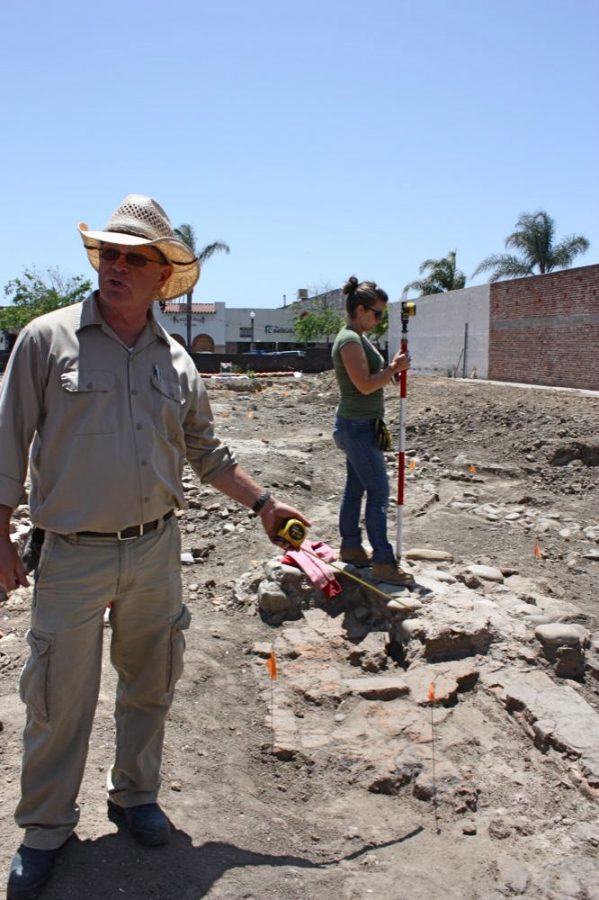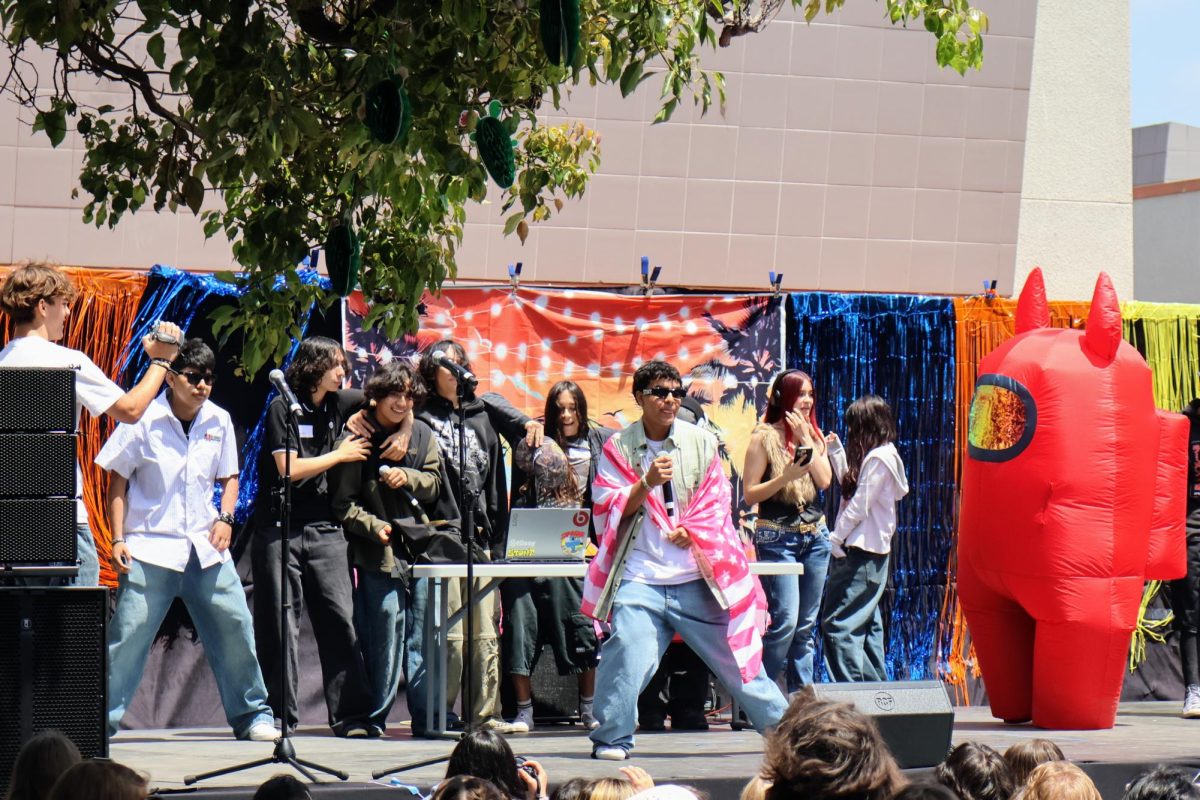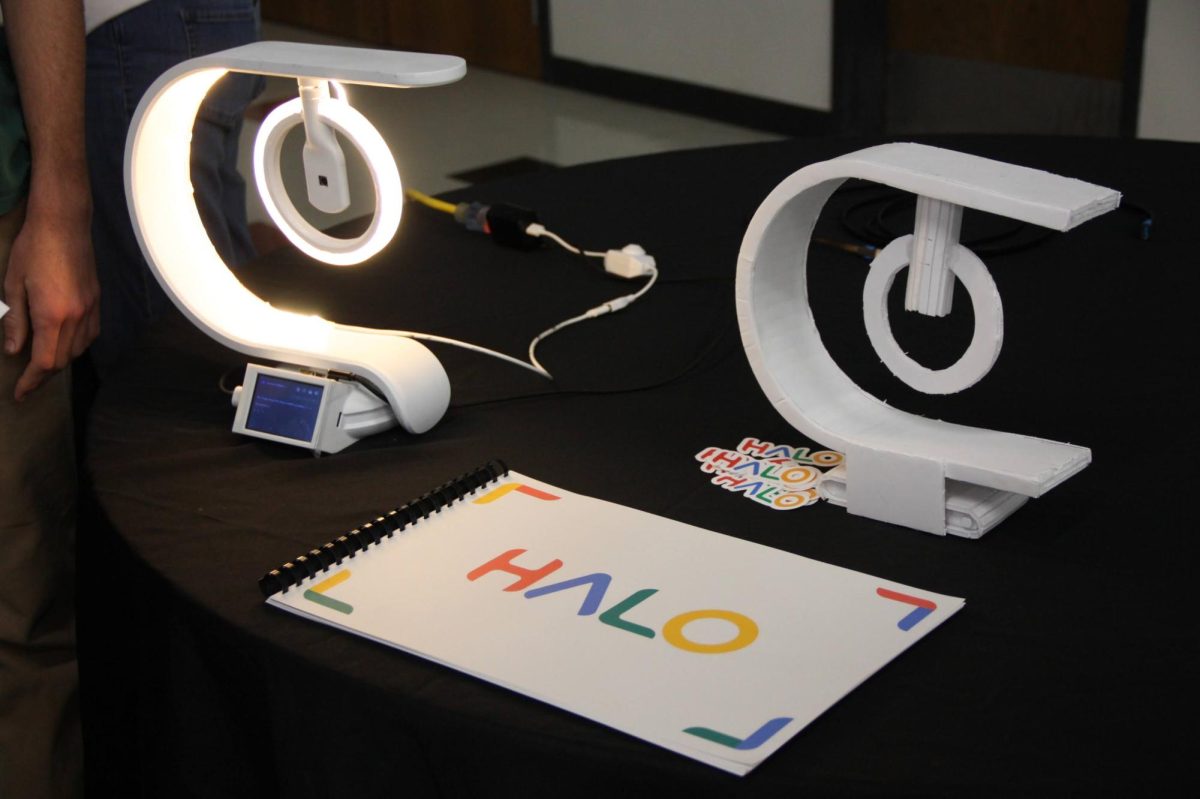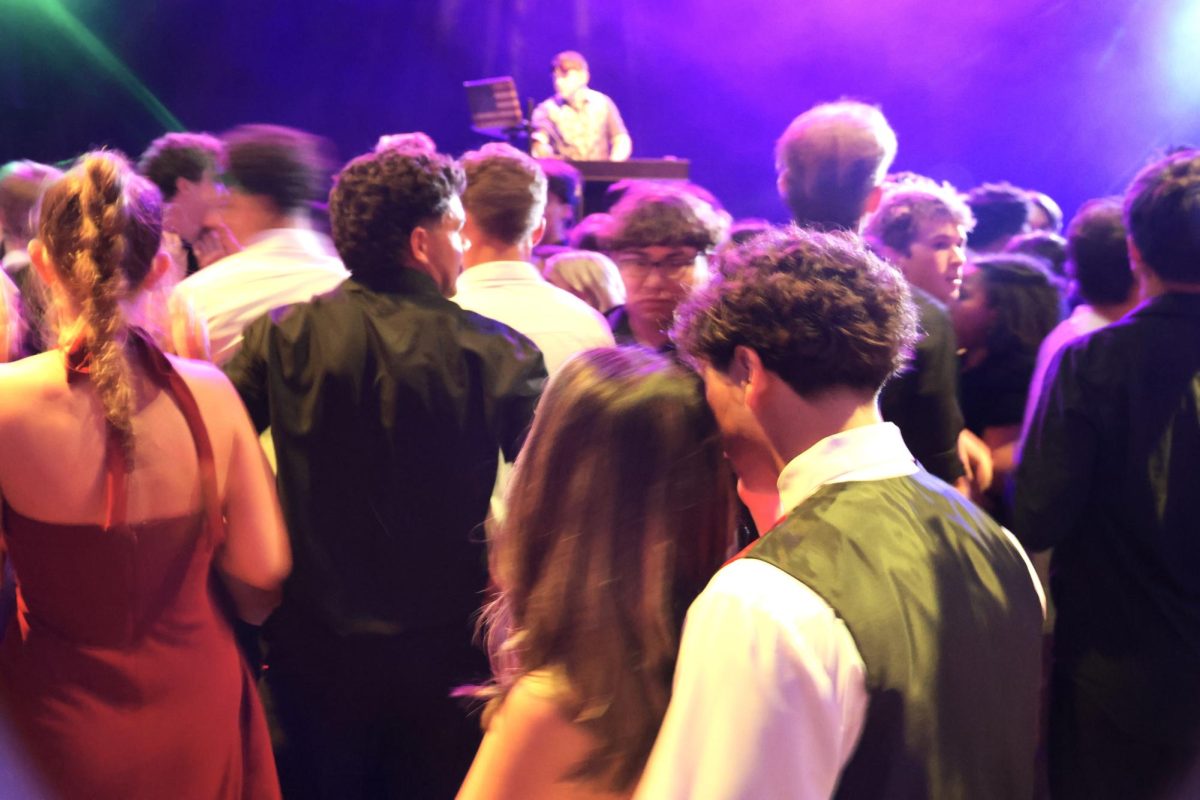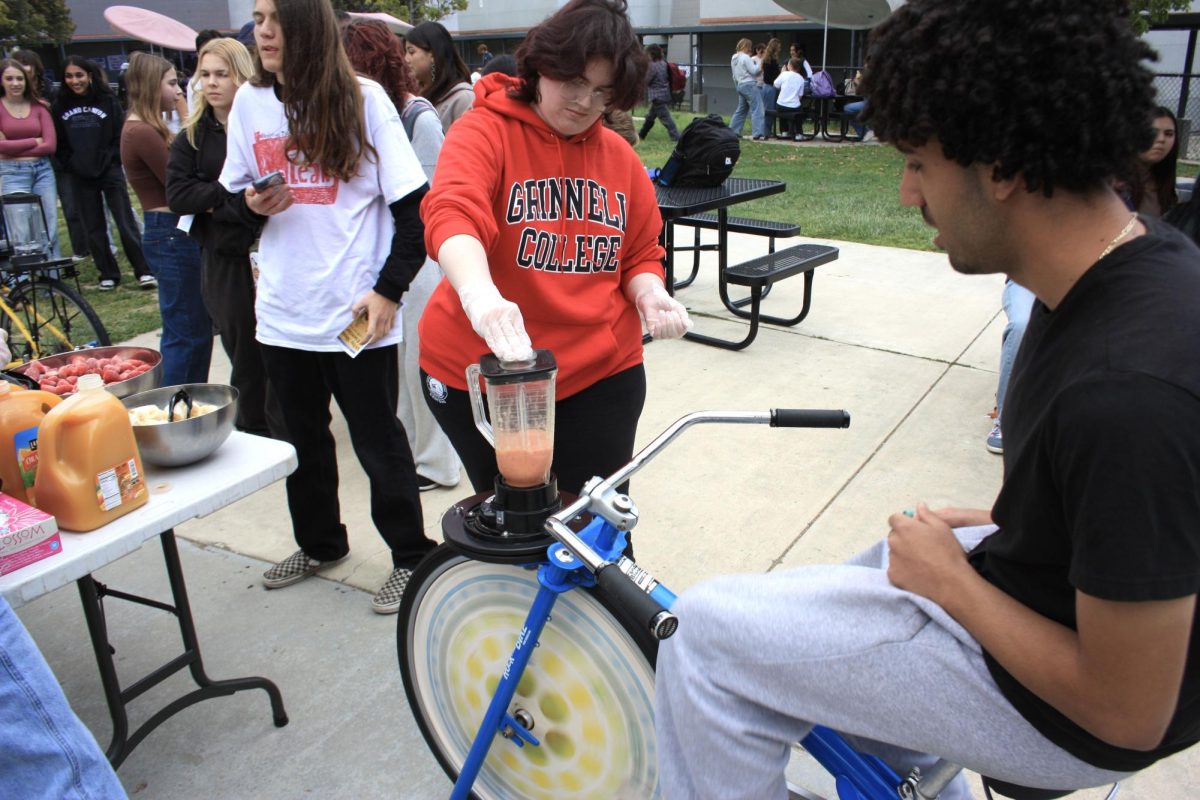
This mantra is oddly applicable to a dirt lot located in downtown Ventura. The property, which sits at the corner of Palm and Main St., is better known as the former location of the iconic Top Hat burger stand.Owned by Downtown Ventura Properties III LLC, the land is host to an impressive array of historical structures and artifacts, containing everything from part of the Ventura Mission to relics of the local Chumash Indian tribe. Because of this, an archaeological excavation recently took place at the site.
The excavation was directed by senior archaeologist John Foster (of Greenwood and Associates), along with a small crew of other various experts. Overseeing and assisting the dig was Chumash Cultural Resource Monitor Julie Tumamait-Stenslie, a member of the Barbareño-Ventureño Band of Indians and granddaughter of Chumash chieftain Juan de Jesus Tumamait.
Describing the history of the property, Foster explained, “It started with Native American use in this area, and after the Spanish arrived they built the church (mission)…and after that you had a saloon, blacksmith’s shop, bowling alley, and a fire station, then after that came a lumber yard. And in the late 1880’s the hotel was built (Anacapa Hotel), which was here through the 1920’s. After that came a parking lot, and the Top Hat was built on the lot around 1948.”
The Ventura Mission, which is today only a fraction of its original size, used to occupy the entire block between Figueroa and Palm Streets. At present, only the mission church, museum, school, and a few surrounding buildingssurvive (a detailed sketch of the original mission can be found here and a number of other photographs here).
The portion of the mission contained at the archaeological site was known as the mission quadrangle: a type of four-sided building. “There were two quadrangles which were built onto the East side of the mission, and the area in the middle (of the lot) was the courtyard,” explained Foster, who added that the quadrangle was a large part of daily life for those living at the mission.
While pointing out a rectangular hole made up of multiple soil layers, Foster described how each layer gave a unique window into a certain time period, based upon certain artifacts contained within them, “the bottom layer is from the mission period, the middle layer is from the late-1880s to early 1900s, and the top layer is from the early 2000s. We use typologies from these layers, for instance pull tabs on beer cans versus snap caps, because we know which dates each of those were used.”
“The significance of these three holes,” said Foster, “is that we’ve found the most subsistence remains from the mission period here…primarily fish bone, shell beads, and trade beads that the mission would have used for barter and trade with the Native Americans.”
Of special significance was the role that the Chumash Indians played in the construction of the mission. Tumamait emphasized that “in order to do the work that brought the mission finances and money they (the Chumash) had to dig the trenches, schlep the rocks from the river (Ventura River), build the walls, make the tiles, and build an aqueduct to bring in water.”
The mission lifestyle was drastically different from that of the Chumash and forced them to change their very culture.
“My grandparents lost their language and our spirituality because they were both forbidden at the time,” Tumamait said.
She explained that the site “can give kids a sense of how hard, how difficult this must have been for the Native Americans.”
Due to the historic nature of the site, questions have arisen over what its future should be. Some groups, such as Tumamait and the Ventura Heritage Society, feel that the area should be preserved as a historic site or museum of sorts, while others are more interested in the commercial potential of the property.
However, certain federal, state, and local laws prevent specific types of development from taking place on historically significant sites, i.e. areas with archaeological artifacts on them. Notably, the National Historic Preservation Act of 1966 requires that “federal agencies consider the effects carried out by them or subject to their assistance or approval.”
Within this confusing web of differing interests, possible legal restrictions, and varying opinions, the future of the site remains uncertain. The only clear fact, at present, is the sheer significance of the place, with its wealth of information and insight into the historical narrative that is Ventura’s past.

